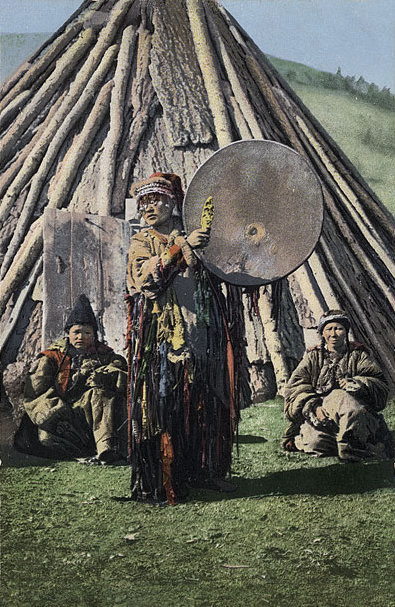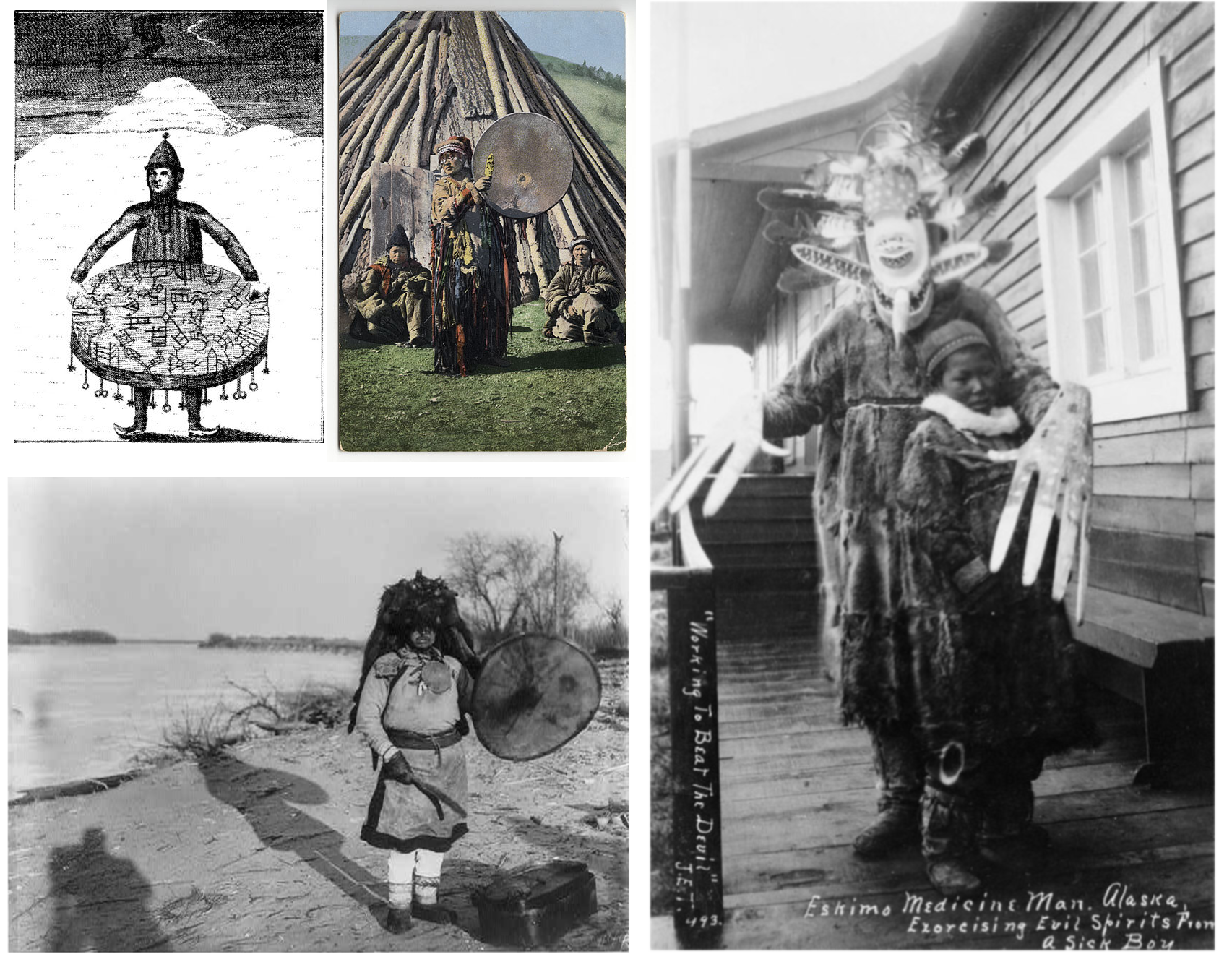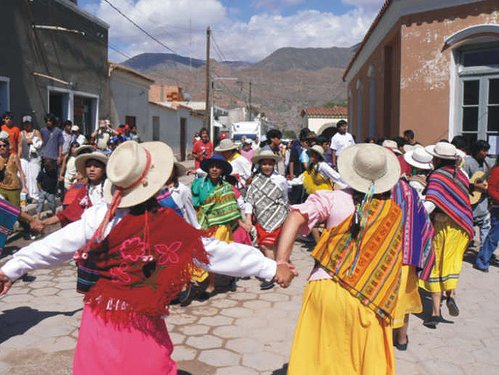|
Icaro
Icaro () is a South American indigenous and mestizo colloquialism for magic song. Today, this term is commonly used to describe the medicine songs performed in '' vegetal'' ceremonies, especially by shamans in ayahuasca ceremonies. Each Amazonian ethnic group has a specific term for this type of generic magical song: for example, eshuva for the Huachipaire people, ''meye'' for the Piaroa, ''mariri'' for the Kokama, or ''rao bewá'' for the Shipibo. Etymology The word ''icaro'' is believed to derive from the Quechua verb ''ikaray'', which means "to blow smoke in order to heal". In healing ceremonies Medicine songs Icaro is most commonly used to describe the medicine songs used by shamans in healing ceremonies, such as with the psychedelic brew ayahuasca. Traditionally, these songs can be performed by whistling, singing with the voice or vocables, or playing an instrument such as the didgeridoo or flute The flute is a member of a family of musical i ... [...More Info...] [...Related Items...] OR: [Wikipedia] [Google] [Baidu] |
Vegetalismo
Vegetalismo is a term used to refer to a practice of ''mestizo'' shamanic, shamanism in the Peruvian Amazon in which the Shamanism, shamans—known as ''vegetalistas''—are said to gain their knowledge and power to cure from the ''vegetales'', or plants of the region. Many believe to receive their knowledge from ingesting the hallucinogenic, emetic brew ayahuasca.Luis Eduardo Luna, "Vegetalismo shamanism among the Mestizo population of the Peruvian Amazon" Scribd.com (1986-06-05). Retrieved on 2012-05-01. Vegetalismo ' Terminology The te ...[...More Info...] [...Related Items...] OR: [Wikipedia] [Google] [Baidu] |
Chakapa
''Chakapa'' (sometimes spelled ''shakapa'' or Latinized to ''shacapa'') is a Quechua word for a shaker or rattle constructed of bundled leaves. Bushes of the genus ''Pariana'' provide the leaves for the chakapa. ''Chakapa'' is also the common name for these bushes. Curanderos (healers) and other shaman of the Shipibo-Conibo people in the Peruvian Amazon use the chakapa in healing ceremonies. In an ayahuasca ceremony, for example, a curandero may shake the chakapa around the patient while singing an icaro Icaro () is a South American indigenous and mestizo colloquialism for magic song. Today, this term is commonly used to describe the medicine songs performed in '' vegetal'' ceremonies, especially by shamans in ayahuasca ceremonies. Each Am ... (healing song). The sound of the chakapa is said to comfort patients in an ayahuasca ceremony and "cleanse" the energy surrounding the patient. Shamans have a large variety of chakapa movements that create different sounds ... [...More Info...] [...Related Items...] OR: [Wikipedia] [Google] [Baidu] |
Shamanism Of The Americas
Shamanism is a spiritual practice that involves a practitioner (shaman) interacting with the spirit world through altered states of consciousness, such as trance. The goal of this is usually to direct spirits or spiritual energies into the physical world for the purpose of healing, divination, or to aid human beings in some other way. Beliefs and practices categorized as shamanic have attracted the interest of scholars from a variety of disciplines, including anthropologists, archeologists, historians, religious studies scholars, philosophers, and psychologists. Hundreds of books and academic papers on the subject have been produced, with a peer-reviewed academic journal being devoted to the study of shamanism. Terminology Etymology The Modern English word ''shamanism'' derives from the Russian word , , which itself comes from the word from a Tungusic language – possibly from the southwestern dialect of the Evenki spoken by the Sym Evenki peoples, or from the Manc ... [...More Info...] [...Related Items...] OR: [Wikipedia] [Google] [Baidu] |
Shamanism
Shamanism is a spiritual practice that involves a practitioner (shaman) interacting with the spirit world through altered states of consciousness, such as trance. The goal of this is usually to direct spirits or spiritual energies into the physical world for the purpose of healing, divination, or to aid human beings in some other way. Beliefs and practices categorized as shamanic have attracted the interest of scholars from a variety of disciplines, including anthropologists, archeologists, historians, religious studies scholars, philosophers, and psychologists. Hundreds of books and academic papers on the subject have been produced, with a peer-reviewed academic journal being devoted to the study of shamanism. Terminology Etymology The Modern English word ''shamanism'' derives from the Russian word , , which itself comes from the word from a Tungusic language – possibly from the southwestern dialect of the Evenki spoken by the Sym Evenki peoples, or from the ... [...More Info...] [...Related Items...] OR: [Wikipedia] [Google] [Baidu] |
Don Solón Tello Ikareando A Niño - Foto Jaime Torres Romero, Archivo Centro Takiwasi
Don, don or DON and variants may refer to: Places *Don (river), a river in European Russia *Don River (other), several other rivers with the name * Don, Benin, a town in Benin * Don, Dang, a village and hill station in Dang district, Gujarat, India * Don, Nord, a ''commune'' of the Nord ''département'' in northern France *Don, Tasmania, a small village on the Don River, located just outside Devonport, Tasmania *Don, Trentino, a commune in Trentino, Italy *Don, West Virginia, a community in the United States * Don Republic, a temporary state in 1918–1920 *Don Jail, a jail in Toronto, Canada *DON, Chapman code for County Donegal, Ireland People and characters Role or title *Don (honorific), a Spanish, Portuguese, and Italian title, given as a mark of respect * Don (academia), a fellow or tutor of a college or university in the U.K. and elsewhere *Don, a crime boss, especially in the Mafia People with the name *Don (given name), a short form of the masculine given name ... [...More Info...] [...Related Items...] OR: [Wikipedia] [Google] [Baidu] |
Ceremony
A ceremony (, ) is a unified ritualistic event with a purpose, usually consisting of a number of artistic components, performed on a special occasion. The word may be of Etruscan language, Etruscan origin, via the Latin . Religious and civil (secular) ceremonies According to Dally Messenger III, Dally Messenger and Alain de Botton, in most Western countries the values and ideals articulated in both church and Civil ceremony, civil ceremonies are generally similar. The difference is in what Messenger calls the "supernatural infrastructure" or de Botton the "implausible supernatural element".Messenger, Dally; ''Murphy's Law and the Pursuit of Happiness: a History of the Civil Celebrant Movement'', Spectrum Publications, Melbourne (Australia), 2012 Most religions claim some extra advantage conferred by the deity, e.g., Roman Catholics believe that through the words of consecration in the Mass in the Catholic Church, mass ceremony, God himself becomes Real presence of Christ in t ... [...More Info...] [...Related Items...] OR: [Wikipedia] [Google] [Baidu] |
Music Of Peru
Peruvian music is an amalgamation of sounds and styles drawing on Peru's Andean music, Andean, Music of Spain, Spanish, and Music of Africa, African roots. Andean influences can perhaps be best heard in wind instruments and the shape of the melodies, while the African influences can be heard in the rhythm and percussion instruments, and European influences can be heard in the harmonies and stringed instruments. Pre-Columbian era, Pre-Columbian Andean music was played on drums and string instruments, like the European pipe and tabor tradition. Andean tritonic scale, tritonic and pentatonic scales were elaborated during the colonial period into hexatonic, and in some cases, diatonic scales. History Peruvian music reflects the country’s rich cultural heritage, blending Indigenous, Spanish, and African influences. Pre-Columbian traditions, characterized by instruments like pan flutes and drums, were later infused with Spanish stringed instruments such as the guitar and harp. During ... [...More Info...] [...Related Items...] OR: [Wikipedia] [Google] [Baidu] |
Peruvian Songs
Peruvians (''/peruanas'') are the citizens of Peru. What is now Peru has been inhabited for several millennia by cultures such as the Caral before the Spanish conquest in the 16th century. Peruvian population decreased from an estimated 5–9 million in the 1520s to around 600,000 in 1620 mainly because of infectious diseases carried by the Spanish. Spaniards and Africans arrived in large numbers in 1532 under colonial rule, mixing widely with each other and with Native Peruvians. During the Republic, there has been a gradual immigration of European people (especially from Spain and Italy, and to a lesser extent from Germany, France, Croatia, and the British Isles). Chinese and Japanese arrived in large numbers at the end of the 19th century. With 31.2 million inhabitants according to the 2017 Census. Peru is the fourth most populous country in South America. Its demographic growth rate declined from 2.6% to 1.6% between 1950 and 2000, and its population is expected to reac ... [...More Info...] [...Related Items...] OR: [Wikipedia] [Google] [Baidu] |
Flute
The flute is a member of a family of musical instruments in the woodwind group. Like all woodwinds, flutes are aerophones, producing sound with a vibrating column of air. Flutes produce sound when the player's air flows across an opening. In the Hornbostel–Sachs classification system, flutes are edge-blown aerophones. A musician who plays the flute is called a flautist or flutist. Paleolithic flutes with hand-bored holes are the earliest known identifiable musical instruments. A number of flutes dating to about 53,000 to 45,000 years ago have been found in the Swabian Jura region of present-day Germany, indicating a developed musical tradition from the earliest period of modern human presence in Europe.. Citation on p. 248. * While the oldest flutes currently known were found in Europe, Asia also has a long history with the instrument. A playable bone flute discovered in China is dated to about 9,000 years ago. The Americas also had an ancient flute culture, with instrumen ... [...More Info...] [...Related Items...] OR: [Wikipedia] [Google] [Baidu] |
Didgeridoo
The didgeridoo (;()), also spelt didjeridu, among other variants, is a wind instrument, played with vibrating lips to produce a continuous Drone (music), drone while using a special breathing technique called circular breathing. The didgeridoo was developed by Aboriginal Australians, Aboriginal peoples of northern Australia at least 1,000 years ago, and is now in use around the world, though still most strongly associated with Indigenous Australian music. In the Yolŋu languages of the indigenous people of northeast Arnhem Land the name for the instrument is the yiḏaki, or more recently by some, mandapul. In the Bininj Gun-Wok, Bininj Kunwok language of West Arnhem Land it is known as mako (pronounced, and sometimes spelt, as mago). A didgeridoo is usually cylindrical or Cone (geometry), conical, and can measure anywhere from long. Most are around long. Generally, the longer the instrument, the lower its pitch or key. Flared instruments play a higher pitch than unflared in ... [...More Info...] [...Related Items...] OR: [Wikipedia] [Google] [Baidu] |
Musical Instrument
A musical instrument is a device created or adapted to make Music, musical sounds. In principle, any object that produces sound can be considered a musical instrument—it is through purpose that the object becomes a musical instrument. A person who plays a musical instrument is known as an ''#Instrumentalist, instrumentalist''. The history of musical instruments dates to the beginnings of human culture. Early musical instruments may have been used for rituals, such as a horn (music), horn to signal success on the hunt, or a drum in a religious ceremony. Cultures eventually developed composition and performance of melody, melodies for entertainment. Musical instruments evolved in step with changing applications and technologies. The exact date and specific origin of the first device considered a musical instrument, is widely disputed. The oldest object identified by scholars as a musical instrument, is Divje Babe flute, a simple flute, dated back 50,000–60,000 years. Many scho ... [...More Info...] [...Related Items...] OR: [Wikipedia] [Google] [Baidu] |
Vocable
In the broadest sense of the word, a vocable (from ) is any identifiable utterance or writing, such as a word or term, that is fixed by their language and culture. The use of the term for words in the broad sense is archaic and the term is instead used for utterances which are not considered words, such as the English interjections of assent and denial, ''uh-huh'' and ''uh-uh'' , or the interjection of error, ''uh-oh'' . Such non-lexical vocables are often Non-lexical vocables in music, used in music, for example ''la la la'' or ''dum dee dum'', or in magical incantations, such as ''abra-cadabra''. Scat singing is essentially all vocables. Many Native American music, Native American songs consist entirely of vocables; this may be due to both phonetic substitution to increase the Sonorant, resonance of the song, and to the trade of songs between nations speaking different languages. Jewish Nigunim also feature wordless melodies composed entirely of vocables such as ''Yai nai nai'' ... [...More Info...] [...Related Items...] OR: [Wikipedia] [Google] [Baidu] |






